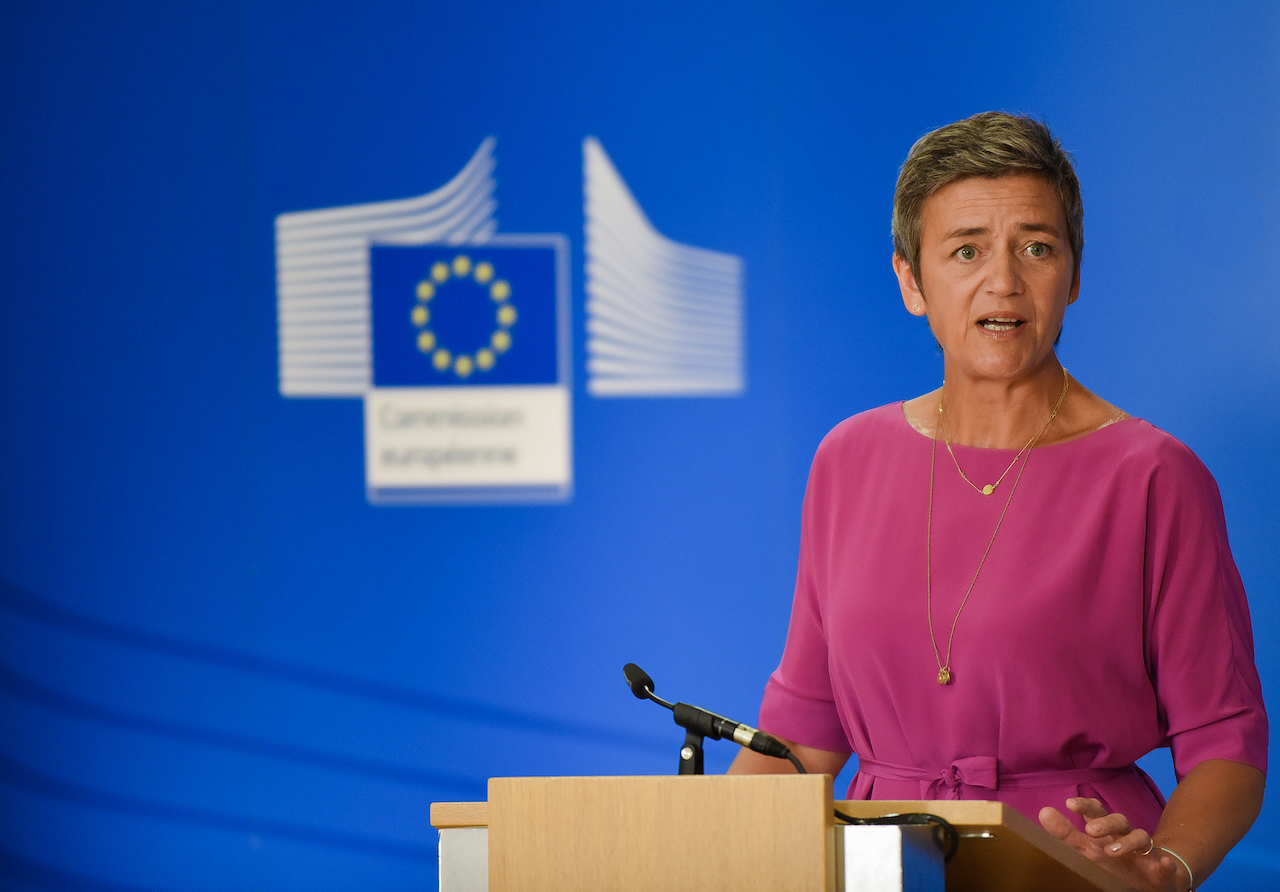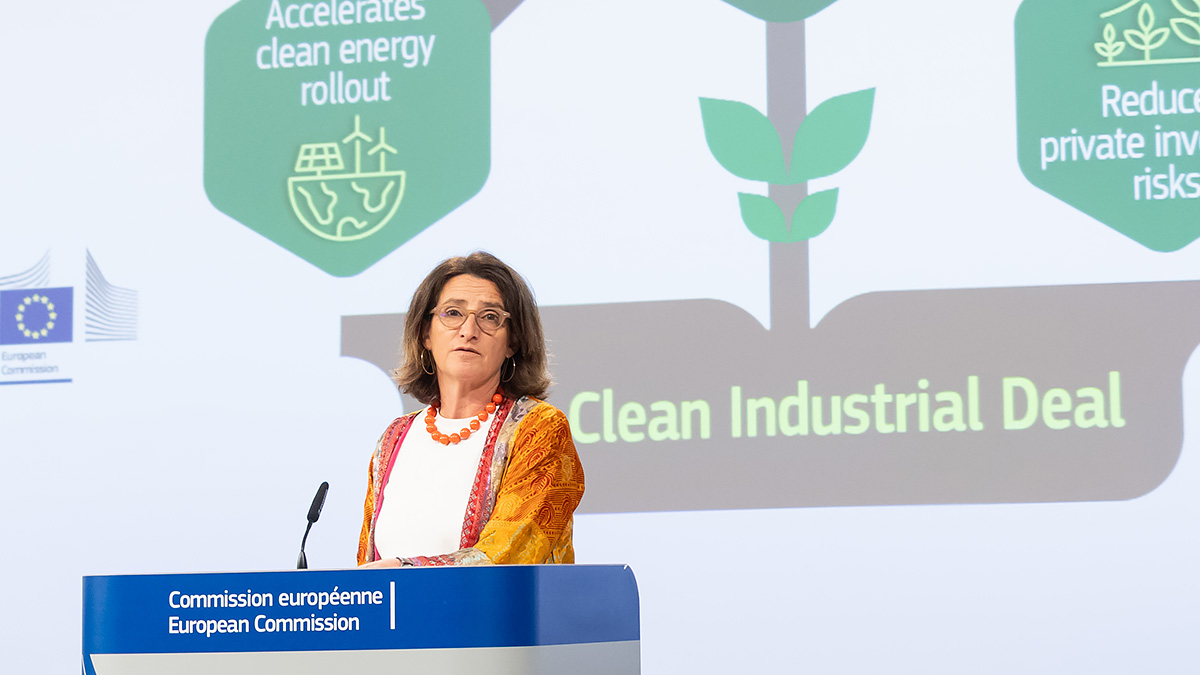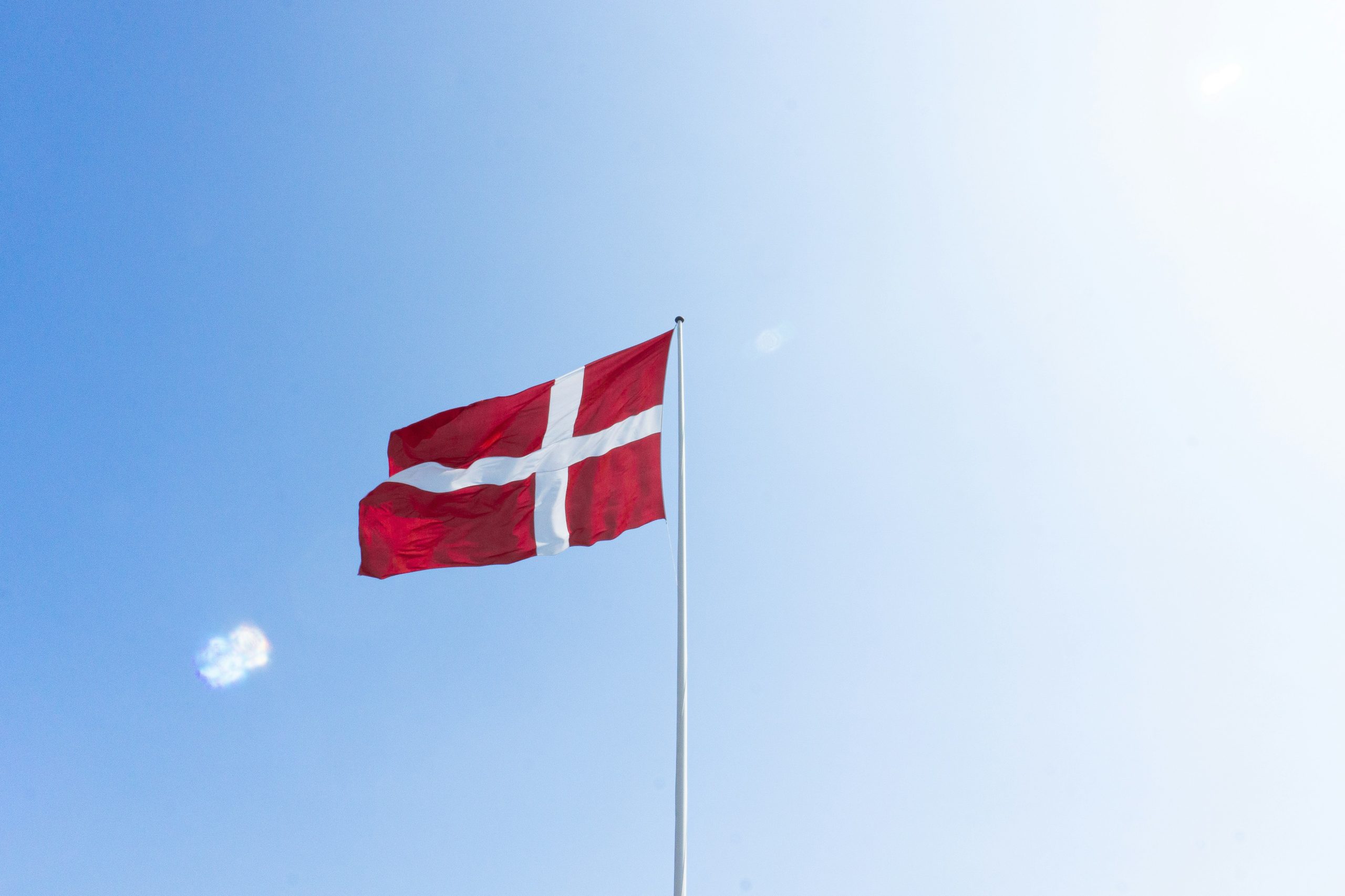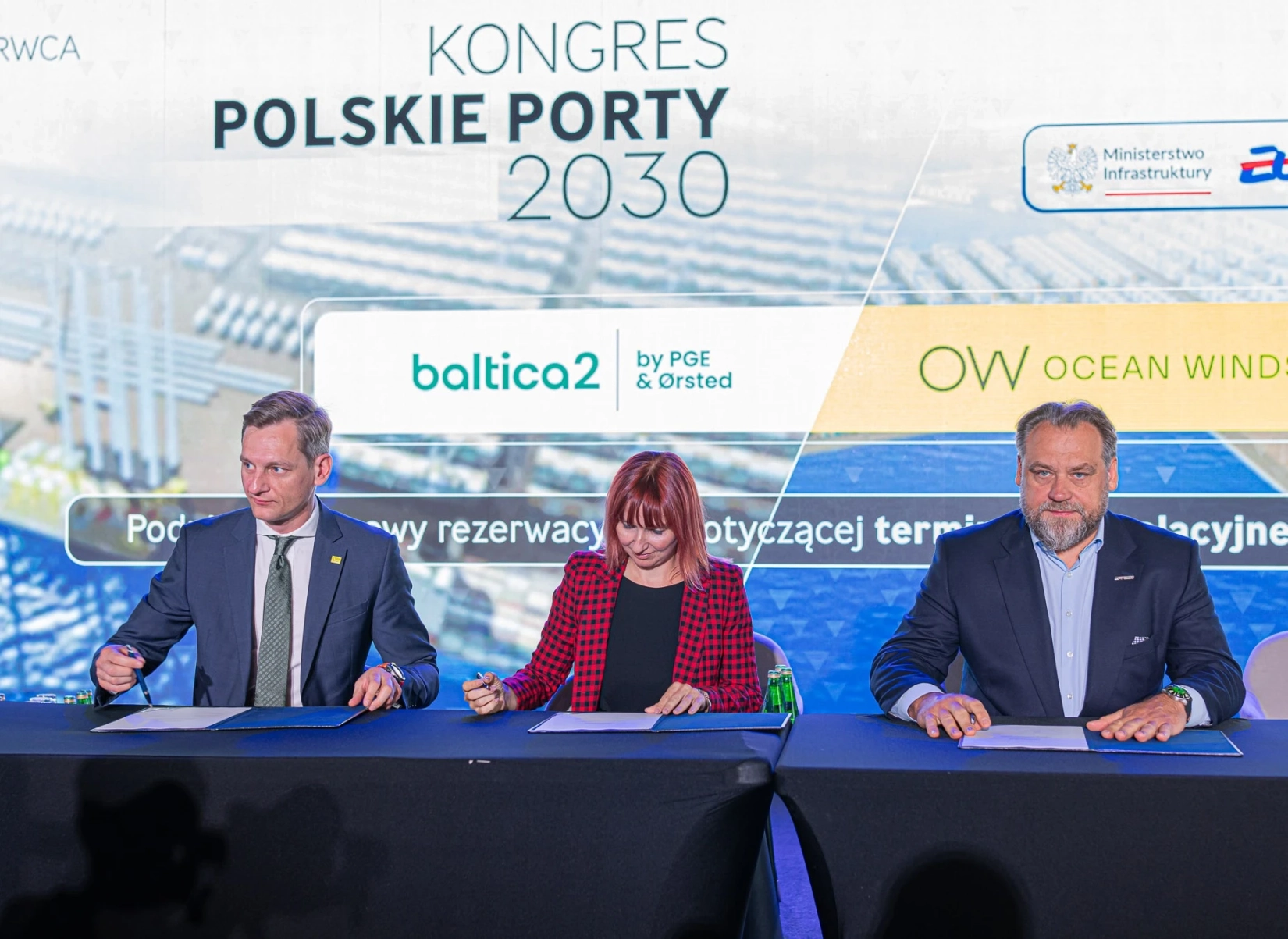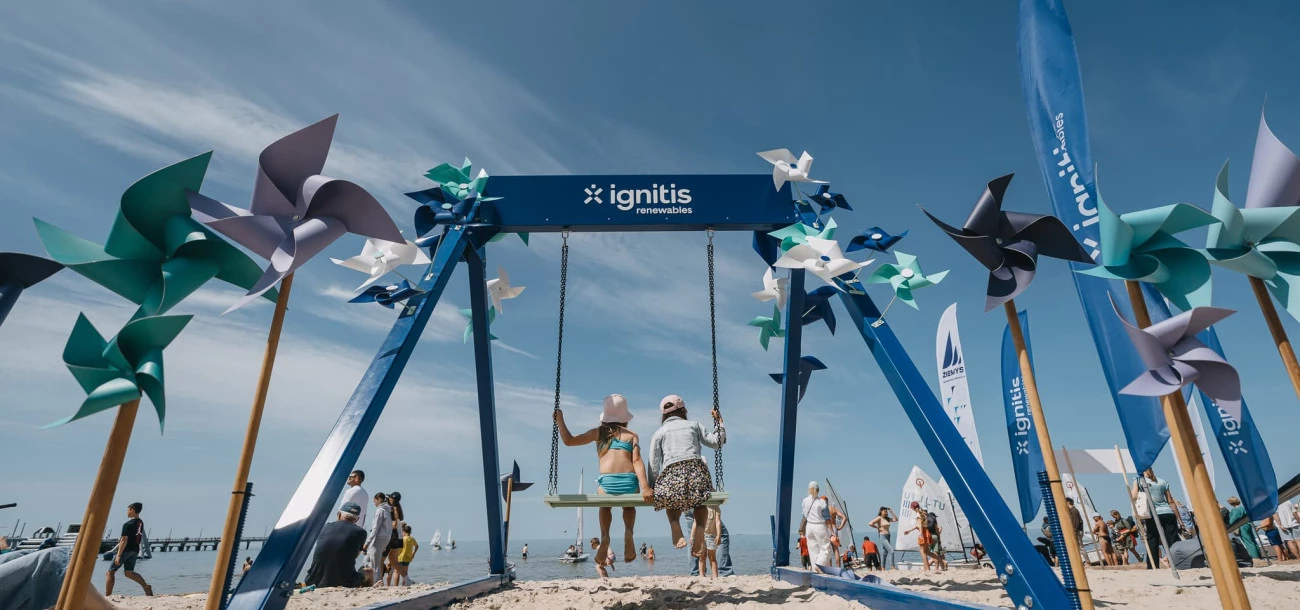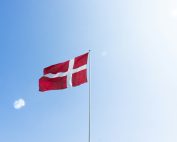The European Commission approved the Danish support scheme for the development of renewable energy sources, in particular onshore and offshore wind farms, hydropower plants and photovoltaic installations. In this way, the Danes will accelerate the development of the renewable energy sector.
State aid will be granted through auctions to be carried out in the years 2021-2024. EUR 400 million will be allocated for this purpose. Support for RES installations is to apply for
a maximum of 20 years from the moment of connection to the power grid. The European Commission assessed that the support system complies with the guidelines on granting public aid for environmental protection and energy of 2014, which allow Member States to support energy production from RES installations under certain conditions. These principles are intended to help Member States to achieve ambitious climate policy goals at the lowest possible cost for citizens and unjustified distortions of competition rules on the single Community market.
Margrethe Vestager, vice-president of the European Commission, emphasized in the commentary to the decision that the Danish support system will contribute to a significant reduction in greenhouse gas emissions and to meet the goals set in the European Green Deal.
– The system will provide significant support for a wide range of renewable energy technologies in line with EU rules. Broad eligibility criteria and the selection of beneficiaries through a competitive auction procedure will allow for effective spending of taxpayers’ money and minimize possible distortions of competition – said the representative of the European Commission.
In the 2018 RES Directive, 32 percent was indicated as a binding RES target for the entire European Union until 2030. In the 2019 European Green Deal Communication, the Commission increased its climate ambition by pointing out that until 2050 the EU would achieve gross zero greenhouse gas emissions. In April 2021, the Council and the European Parliament reached a provisional agreement to reduce emissions by 55% until 2030. One of the significant elements to achieve this goal will be offshore wind installations. The strategy, announced on November 19, 2020, also assumes increasing the installed capacity in offshore wind farms from the current level of 12 GW to at least 60 GW until 2030 and to 300 GW until 2050.
Currently, Denmark is one of the leaders in wind energy in Europe, including offshore wind installations. Wind turbine manufacturer Vestas and developer Ørsted are at the forefront of global rankings. Denmark plans to build two giant ‘energy islands’ that will act as hubs for connecting several wind farms and distributing energy between the countries connected to the island. The project, which will cost up to EUR 37 billion, will be the largest single infrastructure investment in Danish history and the first of its kind in the world. The two energy islands – the natural island of Bornholm in the Baltic Sea and the artificial island in the North Sea – will have a total capacity of 5 GW. Currently, the installed capacity in offshore wind farms in Denmark is 1.703 MW (data at the end of 2020).
Source: European Commission
